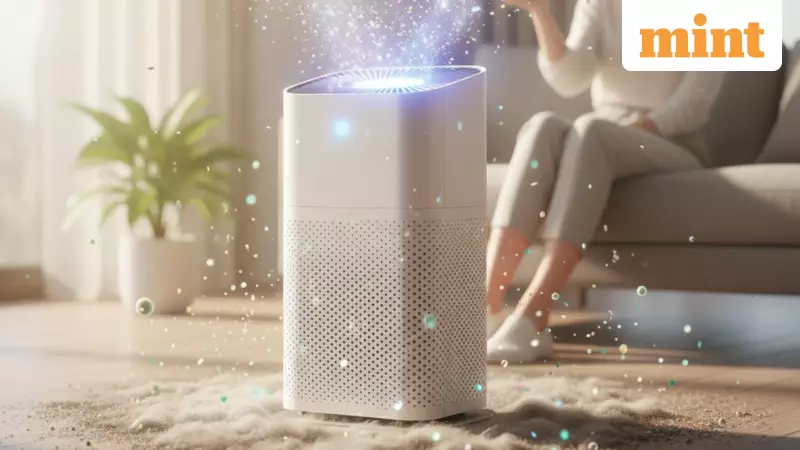
Winter in Indian cities has transformed from a season of pleasant chill to one dominated by thick haze and persistent pollution alerts. As the air quality deteriorates, households are increasingly turning to air purifiers as their first line of defense against dust, smoke, and allergens. This surge in demand, however, has created a confusing landscape of conflicting marketing claims and overlapping online opinions, leaving buyers uncertain about what these devices can actually deliver.
The Reality Behind Air Purifier Performance
One of the most persistent misconceptions is that air purifiers can instantly clean all the air in a room. Many consumers expect immediate results after switching on their devices, but real purification takes time. The process involves air cycling through filters multiple times, with pollutants being trapped gradually. The speed of purification depends on several factors including the Clean Air Delivery Rate (CADR), fan strength, and most importantly, room size. A purifier designed for a small bedroom will inevitably struggle in a large living area, making instant purification more of an advertising fantasy than reality.
Another common misunderstanding involves germ elimination. While HEPA filters excel at capturing fine particles, they don't necessarily neutralize germs. Viruses and bacteria can survive on filter surfaces for considerable periods, which is why proper maintenance becomes crucial. Some advanced models incorporate additional features like UV-based systems or antimicrobial coatings, though their effectiveness varies significantly. It's essential to recognize that an air purifier is not a medical sterilizer but rather a filtration tool that requires consistent upkeep.
Matching Technology to Your Specific Needs
The assumption that any air purifier can solve every air quality problem is fundamentally flawed. Pollution comes in various forms - dust, pollen, smoke, pet hair, chemical fumes, and odors all behave differently and require specific filtration approaches. HEPA filters effectively capture particulates, while activated carbon targets smells and gases. Ionizers work on airborne particles but may not address complex indoor pollutants. Therefore, matching filter technology to your specific concern is critical. A household with smokers needs robust carbon filtration, while homes with pets require strong HEPA support.
Maintenance and Safety Considerations
The 'plug and play' mentality often leads to disappointment with air purifier performance. These devices only work effectively when filters are clean and well-maintained. Over time, dust and pollutants clog the filtration layers, reducing airflow and diminishing the purifier's efficiency. Regular cleaning or replacement of filters is essential to maintain consistent performance. Neglecting this basic maintenance can transform even the most expensive machine into nothing more than a noisy, ineffective box.
Safety concerns, particularly regarding ozone emissions, also need clarification. Certified HEPA and activated carbon purifiers do not release ozone. The confusion typically arises from cheap ionizers or unregulated products. Some UV-based devices might emit small amounts, but quality models carrying CARB, EU, or Indian safety certifications ensure safe operation. Always check for safety labels and choose products from trusted brands to avoid potential health hazards.
As winter pollution continues to affect urban centers across India, understanding these fundamental truths about air purifiers becomes increasingly important for making informed purchasing decisions and actually improving indoor air quality.





